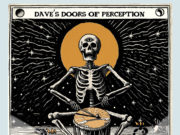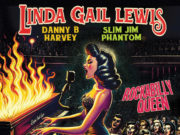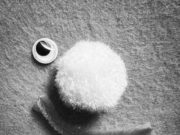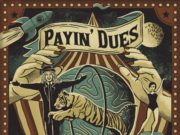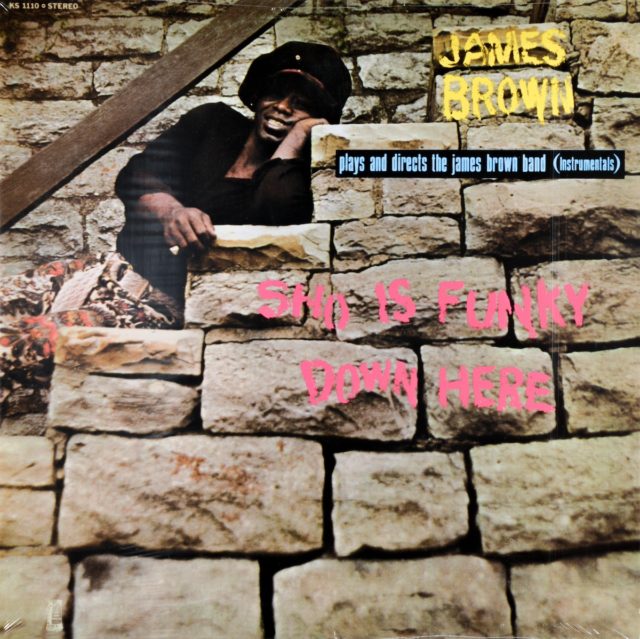 I am not sure which is stranger — that James Brown did an instrumental album, or that lots of people seem to think it’s shitty. It’s so not shitty. It’s also not really his album.
I am not sure which is stranger — that James Brown did an instrumental album, or that lots of people seem to think it’s shitty. It’s so not shitty. It’s also not really his album.
Like so many good things, Sho Is Funky Down Here came out in 1971. Technically, this is James Brown’s 31st album in 13 years — one of three with his name on it in 1971 alone. They didn’t call him “the hardest-working man in show business” for nothing. And if you were in his band, you were probably the hardest-worked musician in show business.
So, this fuzz-heavy, seriously rocking, slightly psychedelic instrumental record came out smack-dab between Super Bad and Hot Pants. Not a bad place to be, literally or figuratively. But like I said — this isn’t really a James Brown album, though he co-wrote the songs and plays organ and harpsichord on it. And shouts a few times. Rather, this is an album by Grodeck Whipperjenny. Who and the whatnow?
I said Brown co-wrote the album. He did. He did this with his newly minted bandleader at the time, organist David Matthews. Matthews’ own band was Grodeck Whipperjenny. Rather than a Brown record, this is actually the second Grodeck Whipperjenny record — and a marked improvement on their debut. That first album wasn’t instrumental and kind of suffers as a result. It’s not as good, even though both albums were recorded just a month apart at Starday-King Studios in Cincinnati.
I must admit, I never really thought about Brown as a musician beyond a vocalist. But he learned piano, guitar and harmonica as a child.
The personnel on this album are not found on any other Brown album, with the exception of the original version of the track Talkin’ Loud And Saying Nothin’ from February, 1970. This version was briefly issued as a single and features a rock intro with fuzz guitar and Brown asking, “How’d ya like me now?” It was rapidly withdrawn and replaced with a different version by his regular band in 1972. The original is killer and was done during the same sessions as Sho Is Funky Down Here.
Bass player Michael Moore certainly wasn’t a member of Brown’s band. His regular bass player at the time was the recently hired Fred Thomas, who had just replaced Bootsy Collins. Moore was a jazz player, having worked with Gil Evans and Charlie Byrd. Drummer Jimmy Madison was also not a member of Brown’s regular band. He was another jazz player — a former child prodigy who started doing shows at age 12 and by 18 was touring with Lionel Hampton.
It’s the same story with guitarist Kenny Poole, who was working with Chet Atkins at the tender age of 14. Poole, however, had been a member of Brown’s band for a year or so, and would remain with him until 1974. The problem with Poole was that he didn’t like to travel. Following his time with Brown, he basically just played in bars in Cincinnati until his death in 2006.
Bandleader and arranger Matthews was with Brown from 1970 to 1975 and contributed organ to this and most of Brown’s albums during that time. He’s worked with scads of other artists you’ve definitely heard of — starting with Starlight Vocal Band during their Afternoon Delight heyday. His music can also be found used in samples all over hip hop including Nas, Biggie, MF Doom and Method Man.
The first Grodeck Whipperjenny album is good, but this one is better — heavier, funkier and filled with songs you’ll probably never want to skip.
All killer, no filler.
4/5
• • •
Area Resident is an Ottawa-based journalist, recording artist, music collector and re-seller. Hear (and buy) his music on Bandcamp, email him HERE, follow him on Instagram and check him out on Discogs.


